This post shows how to access your Windows 10 files from the Linux side of a dual-boot system between your favorite Linux distribution and Windows 10.
Being able to access your Windows 10 files from the Linux side on such a system requires that you first disable the fast startup feature of Windows 10. For how to accomplish that, see How to disable fast startup in Windows 10.
When you try to access your Windows 10 files from the Linux side of a dual-boot system before disabling fast startup in Windows 10, you’ll get the type of error window shown in Figure 1. Trying to mount the drive read-only doesn’t work, so the only option is to disable the fast startup feature.
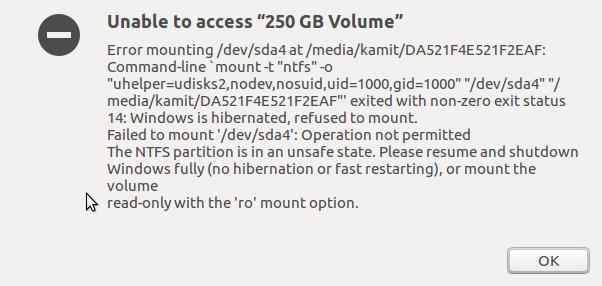
Figure 1: Error window when trying to access Windows 10 files from the Linux side of a dual-boot system
After the fast startup feature has been disabled and you have rebooted into the Linux side, open your distribution’s file manager. The test system used for this article was running Ubuntu 16.04 on the Linux side, so the file manager was Files. If that’s the same as yours, look for the entry for the Windows 10 C drive on the left pane. It will be unmounted, so click on it.
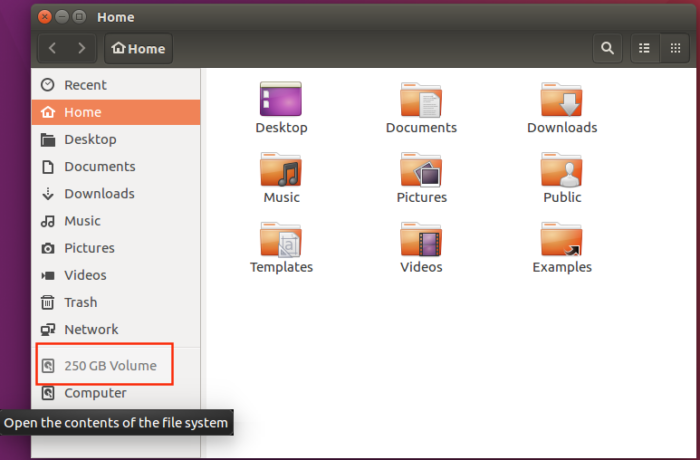
Figure 2: Files file manager
That should open the contents of your C drive, showing all the files and folders as if you were viewing them from Windows 10 file manager.
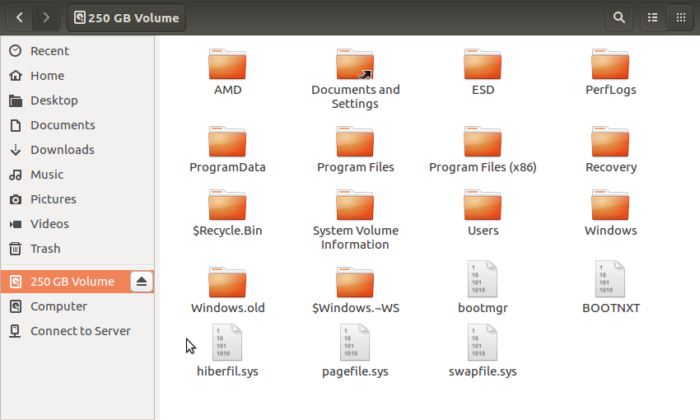
Figure 3: View the root directory of the C drive of a Windows 10 system from Linux
Figure 4, shows the files and folders of the Pictures directory of the Windows 10 system used for this article. You can copy files to and from both systems, even after editing them. From my angle, being able to do that is worth more than the few seconds you gain from fast startup.
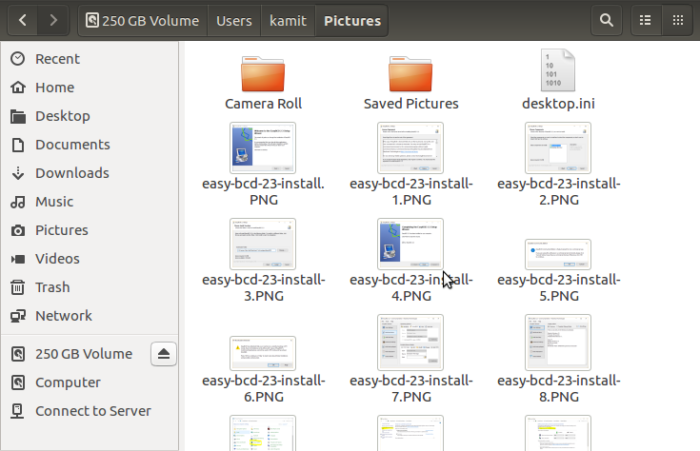
Figure 4: Viewing files and folders in the Picture directory of Windows 10 from Linux

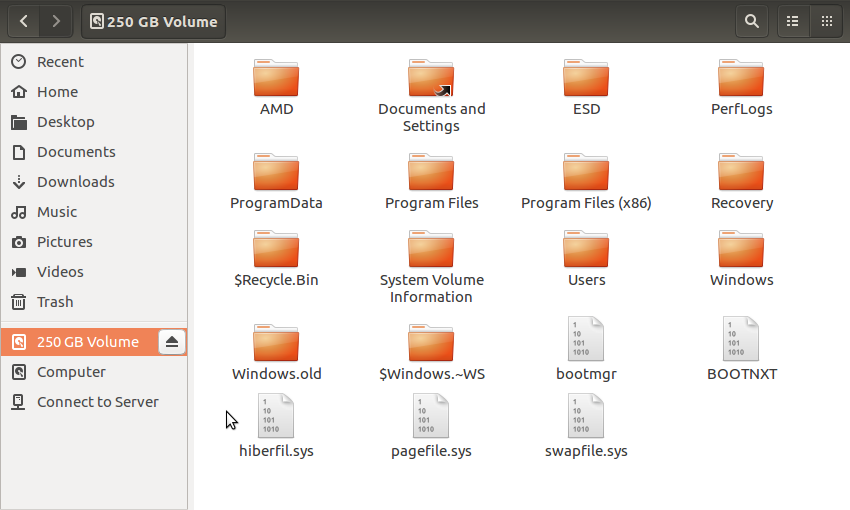
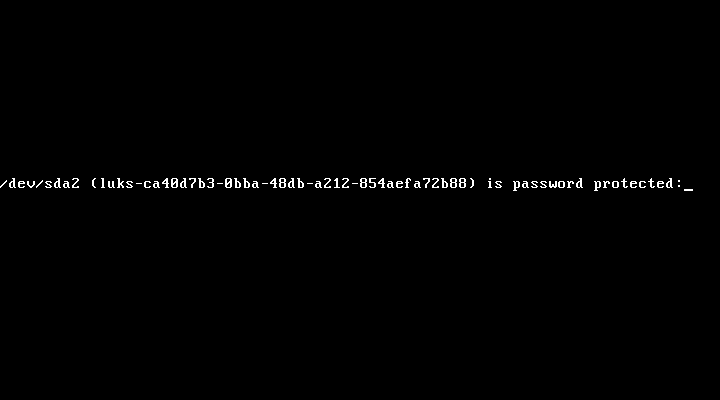
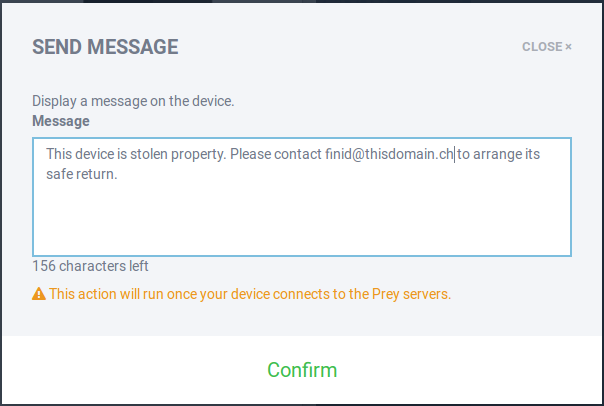
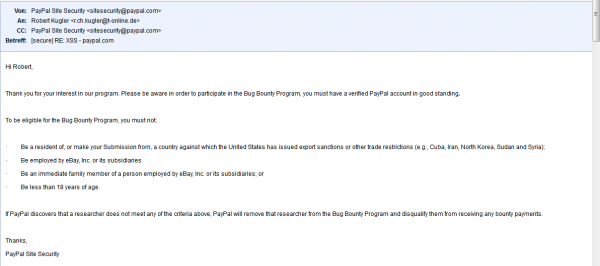



My fast startup was disabled when I made a partition and installed Linux Mint 19.3 on my windows 10 computer. I can see all the window’s folders from linux. However, the contents of my documents folder do not show up while the contents of my downloads folder do show up. It is the documents folder contents that I really need to be able to access. Why don’t they show up? and how can I fix these?
Dennis Schultz I’m facing the same issue, were you able to find a fix?
Strange! From Windows, check for any special permissions on the Documents folder just to be sure. Do keep in mind that this article was written in 2016. Windows 10 has undergone lots of changes since then. Will need to update these articles soon for latest Windows 10.